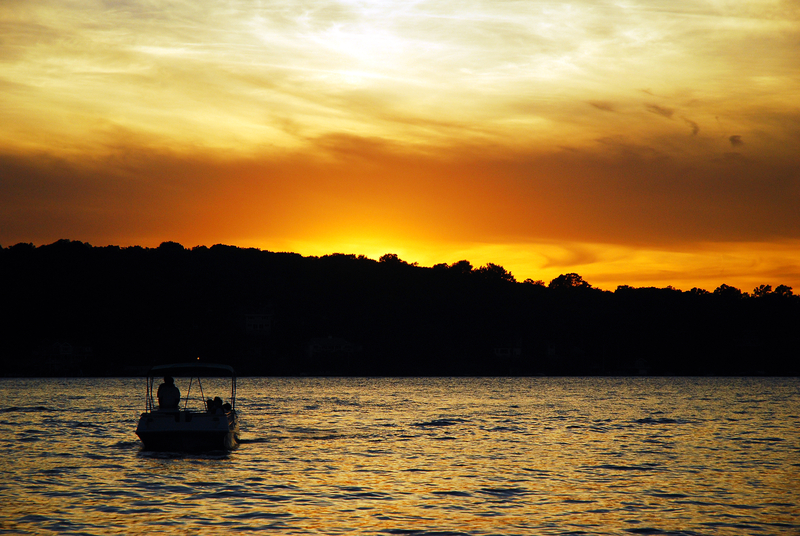In the depths of Lake Hopatcong, New Jersey’s largest freshwater lake, locals say that something strange and massive might just be lurking. Known as “Hoppie,” this legendary creature first became a topic of fascination back in 1894, when a fisherman reportedly saw a 40-foot monster with a dog-like head and the long, slithery body of a snake. The sighting sparked a wave of curiosity and even fear, as locals crowded the shoreline, hoping to catch sight of the lake’s most infamous inhabitant.
Unlike many water-dwelling cryptids, Hoppie developed a surprisingly friendly reputation over the years. Descriptions painted Hoppie as more curious than dangerous, and sightings—though rare—continued to emerge. People report strange ripples, unexplained waves, and shadowy figures below the surface, fueling the mystery. And despite countless fishing trips, boating adventures, and even modern sonar scans, no one has ever captured conclusive evidence of Hoppie.
To date, there has been no official confirmation of the creature’s existence, leaving Hoppie in the realm of myth and legend. Yet the story endures, passed down through generations of lake-goers, campers, and local residents. Whether Hoppie is just a tall tale or a creature waiting to be discovered, the legend lives on, making Lake Hopatcong just a little more mysterious—and keeping everyone’s eyes on the water, just in case.
Lake Hopatcong, New Jersey’s largest lake, is as rich in local lore as it is in natural beauty. Covering 2,500 acres of freshwater and stretching nine miles in length, Lake Hopatcong sits in the northern highlands region of the state, spanning Sussex and Morris counties. With an area of four square miles, it offers an array of recreational activities, from boating, sailing, and kayaking to swimming, fishing, and water sports—making it one of the state’s most popular summer spots.
In addition to its 45 miles of scenic shoreline, Lake Hopatcong is dotted with lakeside restaurants, marinas, and public beaches. The area draws visitors not only for its beauty but for its convenience—just 30 miles from the Delaware Water Gap and about 40 miles from New York City via I-80.
Note: Thank you for visiting our website! We strive to keep you informed with the latest updates based on expected timelines, although please note that we are not affiliated with any official bodies. Our team is committed to ensuring accuracy and transparency in our reporting, verifying all information before publication. We aim to bring you reliable news, and if you have any questions or concerns about our content, feel free to reach out to us via email. We appreciate your trust and support!




